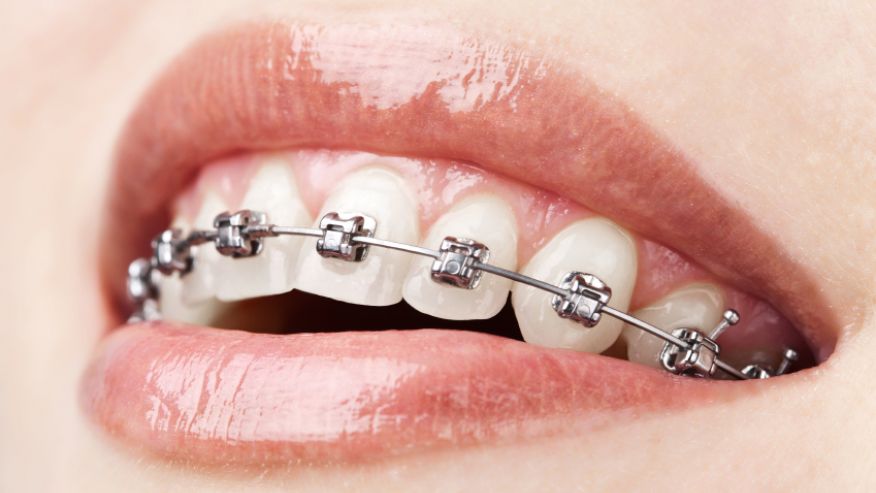
Braces used to be just for teens. Growing numbers of adults are having orthodontic treatments, hoping to achieve the perfect smile and bite. And more dentists are offering their grown-up patients appliances designed to be more discreet than traditional metal braces, including clear aligners, porcelain braces and back-of-the-teeth lingual orthodontics.
While the principles of straightening teeth are pretty much the same at any age, dental experts say adults should be aware of possible complications. Decades of dental work, including crowns, root canals and cavity fillings, can make it harder for the orthodontist to get the desired result in an older patient. And because the mouth of an adult has finished growing, correcting the teeth might, more often than in adolescents, require oral surgery in addition to braces.
Patients seeking orthodontic treatment are getting older, says Gerald Nelson, an orthodontist and clinical professor at University of California, San Francisco. “They’re healthier, their dental health is better and they’re interested in having their teeth last the rest of their life.”
It isn’t clear, however, whether orthodontic treatment helps teeth last longer. Studies haven’t been able to prove that having straight teeth makes it easier to keep them clean and in good health, said Kjeld Aamodt, director of pre-doctoral orthodontics at UCSF. Still, people who have had orthodontic work may take more pride in their teeth and, after making a major investment, want to take better care of them. “Their motivation for oral hygiene increases,” he said.
More than 1.2 million adults in the U.S. received orthodontic treatment in 2012, the most recent numbers available from the American Association of Orthodontists. That is up 39 percent from 1996. By comparison, about 4.65 million orthodontic procedures were performed for patients age 17 and younger in 2012, up 32 percent in the same period.